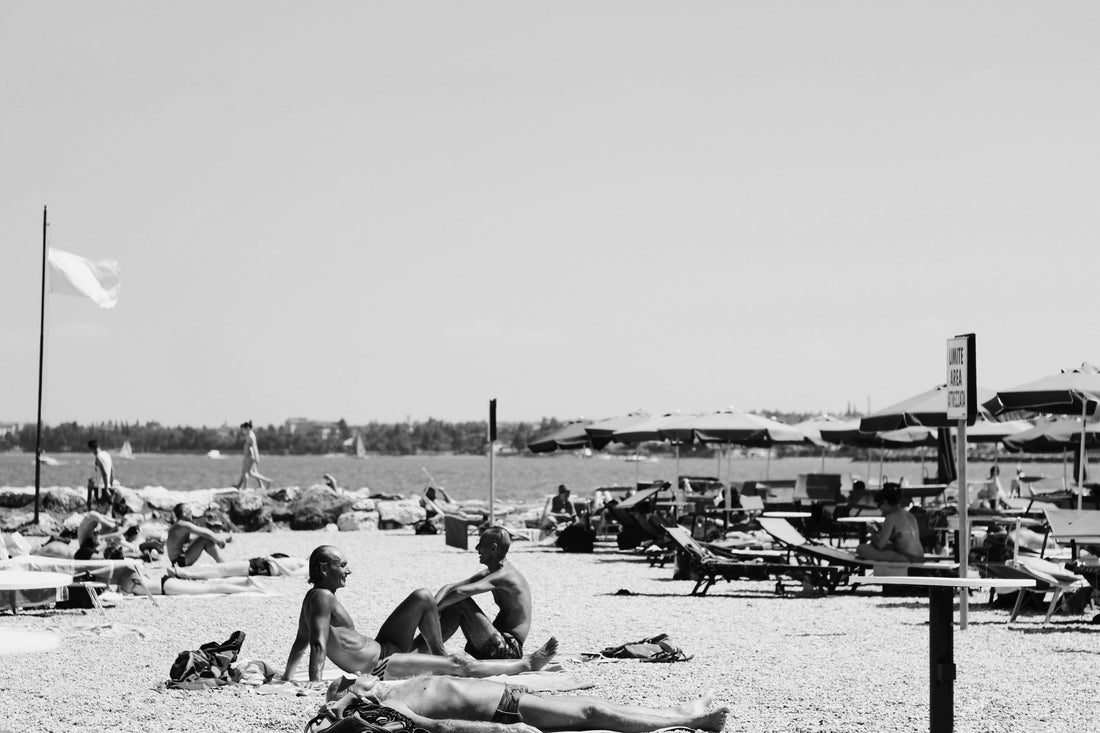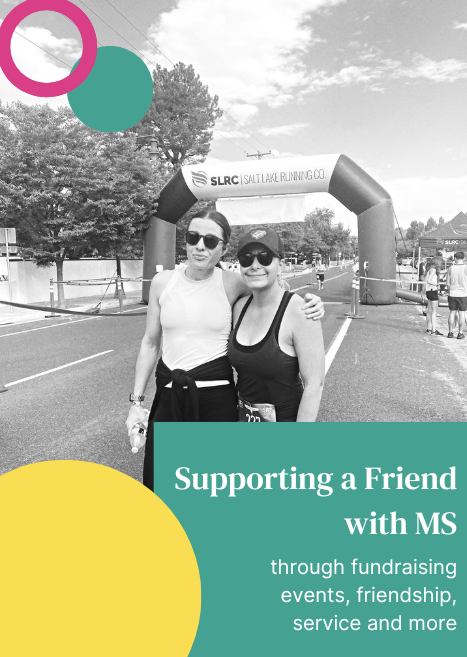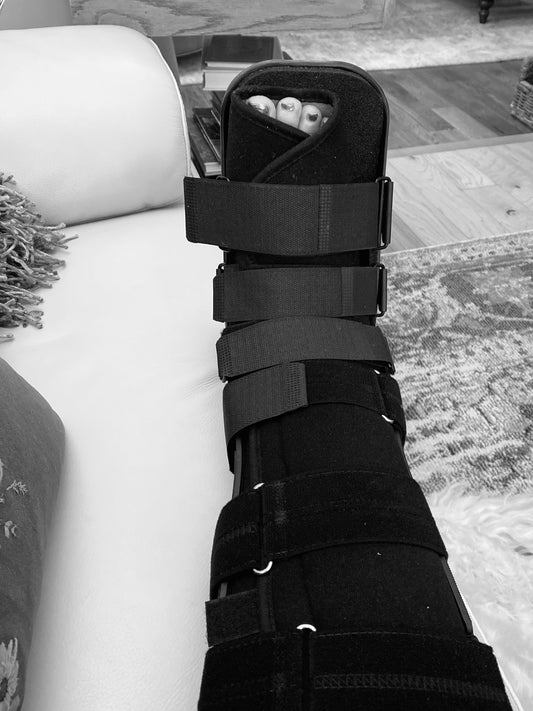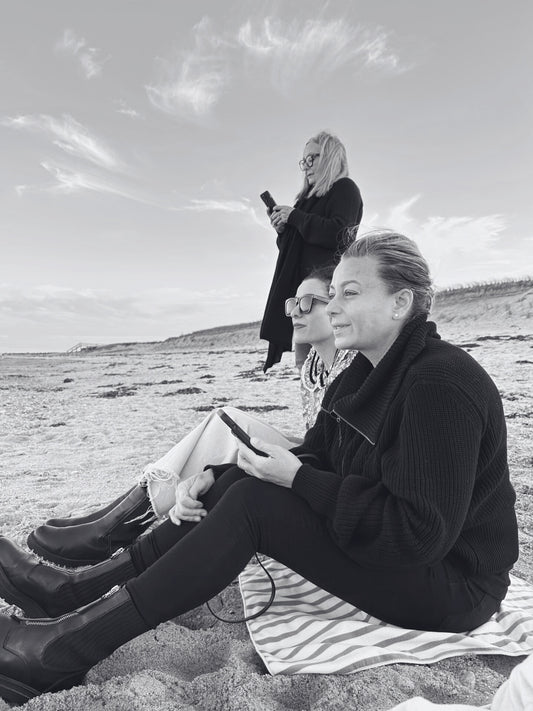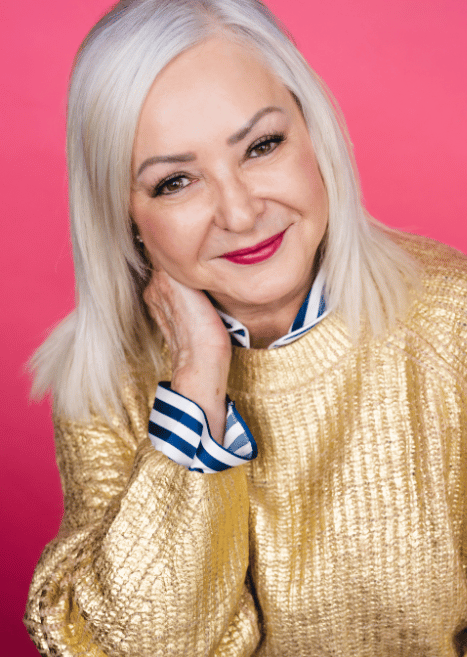I have been known to chastise teenagers who refuse to use sunscreen telling them the exorbitant amounts of money I’ve spent on lasers and peels and creams in an attempt to lighten those darned brown spots - a result of MY foolish teenage years sun-worshiping or worse, using a tanning bed.
These sun spots are usually harmless, but can also become cancerous.
A few months ago I had my yearly check up at the dermatologist. I have a small spot on my calf that had a texture to it and no matter how much moisturizer I used it would not go away. The previous year she had frozen it off but it came back. Even though she thought it looked fine she decided to do a scraping and sent it to the lab. The good news was it was not a melanoma - yet. It was a Squamous cell carcinoma.
Squamous cell carcinoma is a type of skin cancer that starts from cells in the skin's middle and outer layers. It's usually not life-threatening, but if left untreated, it can grow large or spread to other parts of the body, causing serious complications. Most often, it's caused by too much sunlight or tanning bed exposure.
I had to return in a couple of weeks to have it cut and scraped. They were able to get it all but it did leave a nice round scar. It looks just like the other “spots” on my aging skin.
Ultraviolet (UV) rays from the sun are the primary culprit behind age spots. The skin contains melanin, a pigment that helps protect it from the sun's harmful rays. However, excessive sun exposure can cause an overproduction of melanin in certain areas, leading to the formation of age spots. It's important to note that age spots can also appear on younger individuals who have spent significant time in the sun without proper sun protection.
While age spots are usually harmless, practicing good skincare can help maintain overall skin health and prevent further damage. Always always ALWAYS protect your skin from the sun! Apply broad-spectrum sunscreen with at least SPF 30 every day, even on cloudy days. Wear protective clothing and seek shade when the sun is strongest.
Even though these spots are a natural part of the aging process, they can sometimes affect your self-confidence. I’d love to think that instead of viewing them as imperfections, I could consider them as beautiful markers of a life's journey - moments spent outdoors and lessons learned.
Embracing these spots is a way of embracing the wisdom that comes with growing older. As I’m working on that - I’ve learned a few tips to help “lighten” the burden of these spots.
- Establish a consistent skincare routine that includes cleansing, moisturizing, and using products with antioxidants like vitamin C. These products can help improve the appearance of your skin over time.
- Exfoliation: Gentle exfoliation can help remove dead skin cells and promote a more even skin tone. Look for exfoliants with alpha hydroxy acids (AHAs) or beta hydroxy acids (BHAs).
- Some over-the-counter creams and serums contain ingredients like hydroquinone, retinoids, or alpha arbutin that may help fade age spots. Consult a dermatologist before using any new products.
- Professional Treatments: If you're looking for faster results, professional treatments like chemical peels, laser therapy, or microdermabrasion can help reduce the appearance of age spots.
I have tried most of the treatments that are out there. None have been perfect. I would say all help a little. Hydroquinone for your face is quite effective. But, as far as hands, arms and legs are concerned, it is not effective.
Age spots shouldn’t define your beauty or worth. But sometimes you gotta take steps to care for your skin and help it stay spry longer.

